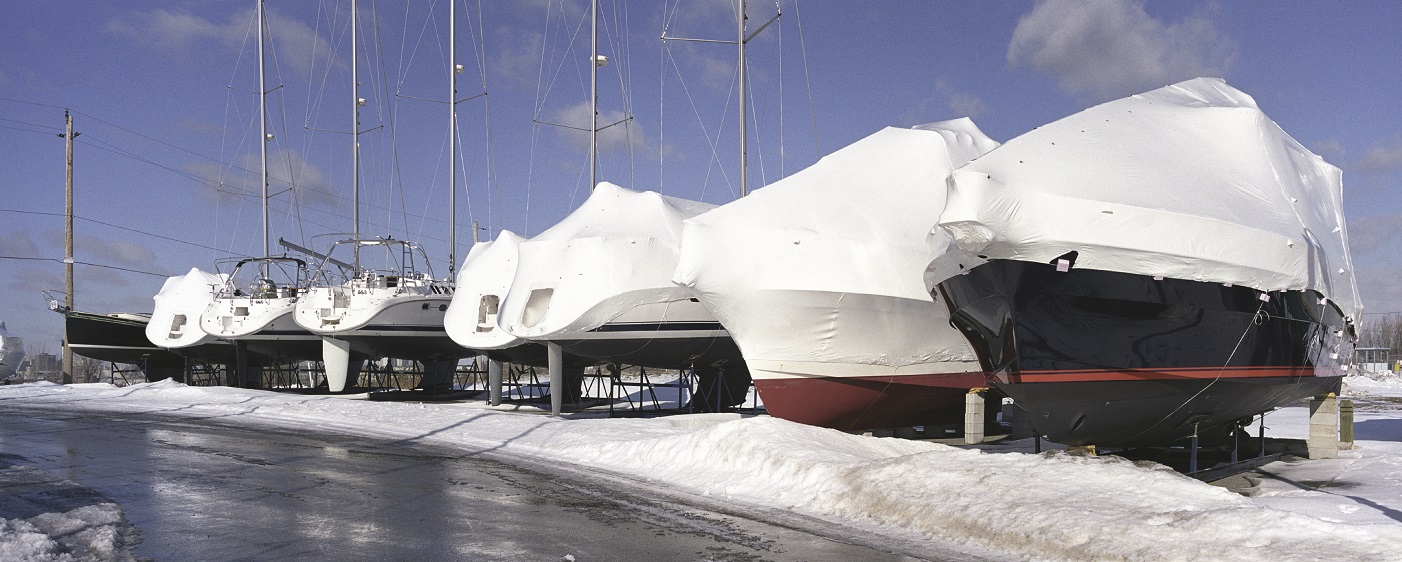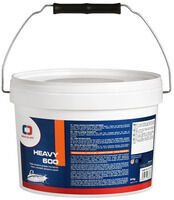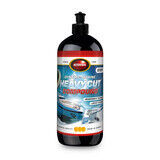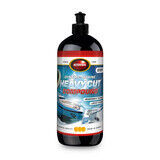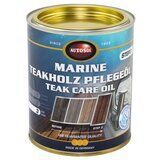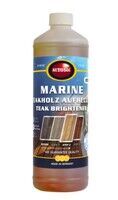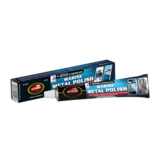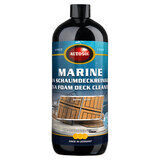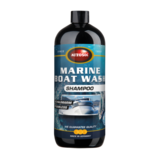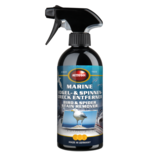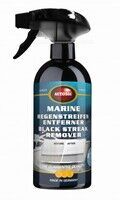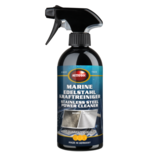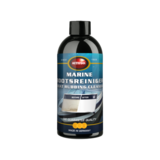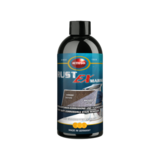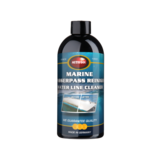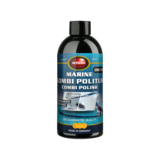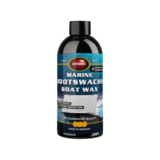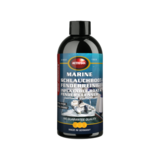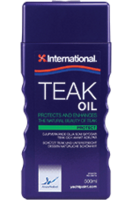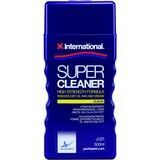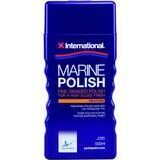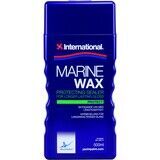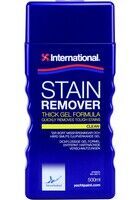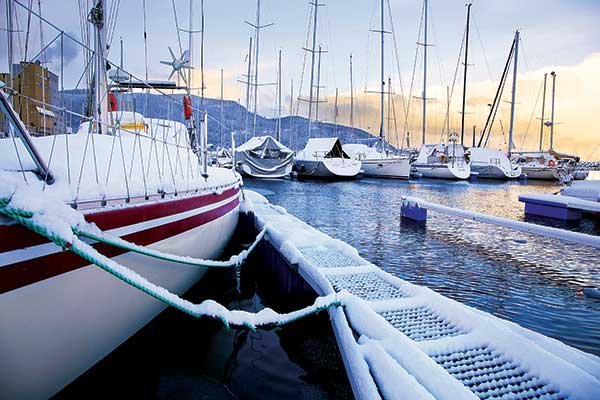
Once the season of joy has come to an end, here it comes the season of troubles….
Those who have to separate from their beloved boat for some months often have to beach and winterize it.
Here is the step-by-step procedure.
• Remove the sails
Although this sounds as obvious, sails aren’t always removed before winterizing the boat and this may result in torn or early aged sails.
• Wash the motor cooling circuit with fresh water (then back-flush and pour descaler)
It’s easier to perform this step while the boat is still in the water, also avoiding problems at the boatyard, as when the boat is out of water vibrations could endanger its stability on the water.
• Oil and antifreeze drainage
After washing the motor is still warm: take advantage of this and drain out motor oil!
Do not forget the inverter oil and – while you are at it – drain also the old antifreeze.
• Have your boat serviced
You could postpone servicing your boat until the start of the new season but it isn’t worthwhile: both oil and coolant are still within reach and you haven’t cleaned your hands, yet, so do not postpone the servicing and then you can forget about it!
• Outboard servicing (2.5hp motor or similar)
The same as for the main motor, drain oil then service your boat.
• Clean the tender
Pay the utmost attention to the boat tender, which maybe is, especially for those who sail often in the roadsted, the most important element both for holidaymakers and “liveaboards”.
• Hull
Usually marinas offer to clean the hull with their pressure washer: this is effective but of course it has a cost and, moreover, it will get rid of everything, for better or for worse! So, if you can, do it yourself using an amateur pressure washer. Check zinc parts and replace if necessary. Connect electrically the boat to the dock. Clean the propeller.
• Marinas ground outlet
Avoid connecting your boat to the mains (220 V) of marinas for too long or without a galvanic isolator because, as all boats use the same ground outlet, the “dirty wiring” of marinas will enter your boat.
• Diesel oil tanks cleaning or topping-up
If convenient, this is good practice but if the tanks are provided with a proper sedimentation filter it is usually enough to fill the tank completely in order to avoid that air inside the tank may favour seaweed formation.
• Fresh water tanks cleaning
Empty all fresh water tanks by means of a fresh water pump. Use a manual pump and then clean sponges and clothes to empty the tanks completely. Dry carefully. Close the tanks with theit caps but let them loose so to ensure partial air recirculation and therefore avoid the development of bad smells.
• Sail washing and stowage
Either you take it upon yourself with utmost care and due diligence or you charge a sail repair shop with the task (and of course pay for it). In any case, do it: both your sails and your wallet in the long run will thank you. In case you do it yourself use plenty of water and Marseille soap.
• Desalinator wintering
If present onboard, follow the manufacturer’s instructions. Do not forget the chemical durability of the active carbon filter is 6 months.
• WC
Two options are possible: you can either remove the pump and clean carefully or run the circuit with fresh water and then fill 1/3 of the vessel before you leave the boat.
• Messenger lines and standing rigging washing
If the sails are the boat drivers, then standing rigging is its controls and you have to pay them the same attention.
Run the messenger lines and remove all the halyards.
Wash halyards and sheets with water and soap with fabric softener.
• Anchor and anchor chain stowage
Take the anchor from the peak and place both the anchor and its chain on a workstand to wash them with plenty of water.
• Windlass
Thoroughly wash and disassemble the gypsy, then check it. Clean dirty with diesel oil or WD40. Slightly lubricate and assemble again. Check the oil level in the gearbox. Spay a dedicated product on electrical contacts and cable-end fitting.
• Fridge cleaning
As for the fridge in your house, switch it off, defrost it then clean with water and vinegar. Leave it half-open to prevent the formation of bad-smelling during winter stowage.
• Film electronic components (batteries, etc.)
Remove batteries from any electronic device on board and apply a cooking foil (Domopak or similar) both on the devices and on the batteries: store each device near its batteries to promptly install batteries again.
The same applies for torches, flashlights and any other removable battery-operated appliances.
• Electricity on board: batteries- battery switches – 220 V – water – solar panels – wind power
Switch off all the utilities by setting the battery switch in 0 position, disconnect the batteries, disconnect the 220V power supply and the water supply and put both cable and (empty) hose back in the peak. Cover the solar panels (or leave them ON and the battieries connected), remove the wind blades and covert he body to protect it against bad weather.
• Close the gas valve supply!
Simply do not forget to close the gas valves, that on the gas cylinder and the one placed inside, if any.
• Loosen……tightening
It is good practice to slightly loosen the standing rigging. There are also who loosen rigging by reducing the tightening of a screw turn and those who are content just with making adjustments. In case of a stern stay a screw turn is of course not enough and you have to unscrew until tightening is loosened: neither too tight nor letting it go to ease.
• Air circulation
Intuitive and logic-driven. Let fresh air circulate inside the boat in our absence.
• Final check
Issuing a checklist at the beginning of the winterizing procedure is very important. Tick it off before abandoning your ship or you will find yourself in big troubles!
• Awning
As careful shipowners you have surely built a cover to shelter your boat known as awning: now it is time to use it.
• Plug all the small holes
Don’t forget to close all the on-board valves and top all the seacocks from outside by pushing some fabric using a screwdriver. The same with all the small holes that could be used by mice and wasps to set up house.
